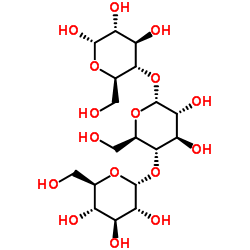| Structure | Name/CAS No. | Articles |
|---|---|---|
 |
α-maltotriose
CAS:9005-82-7 |
|
 |
Amylopectin
CAS:9037-22-3 |